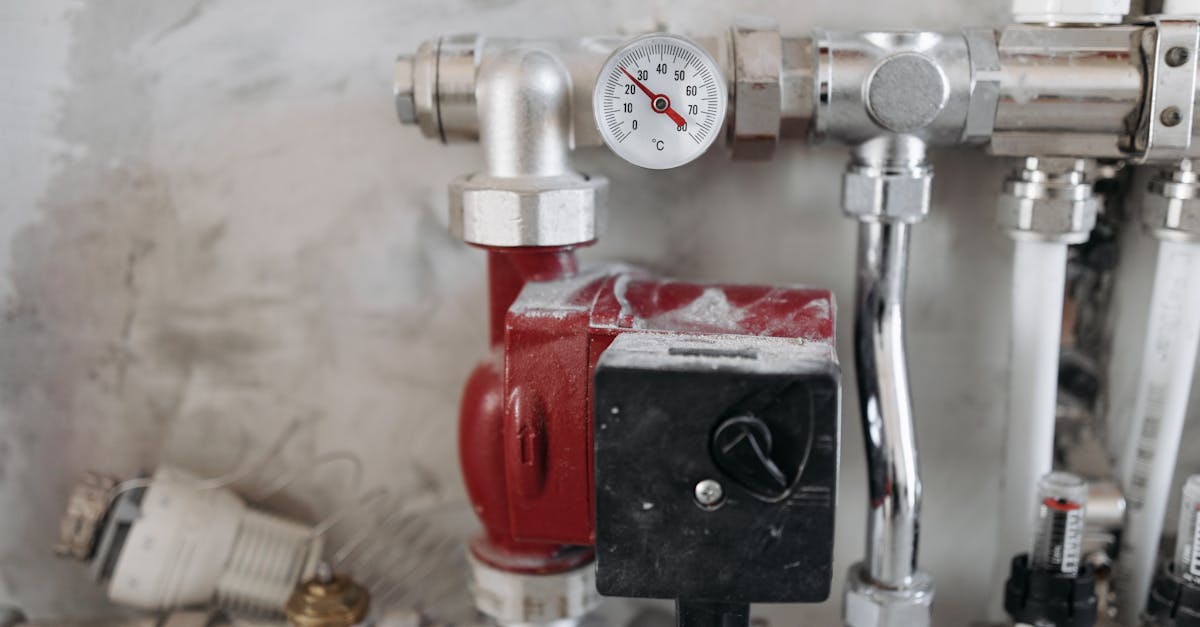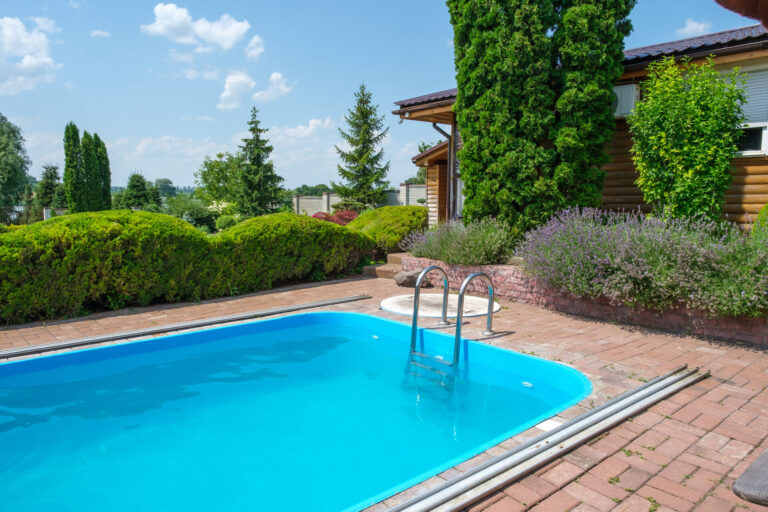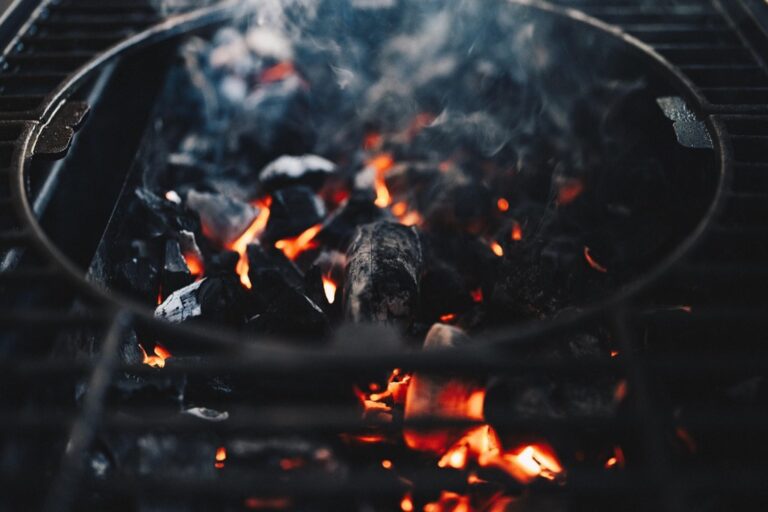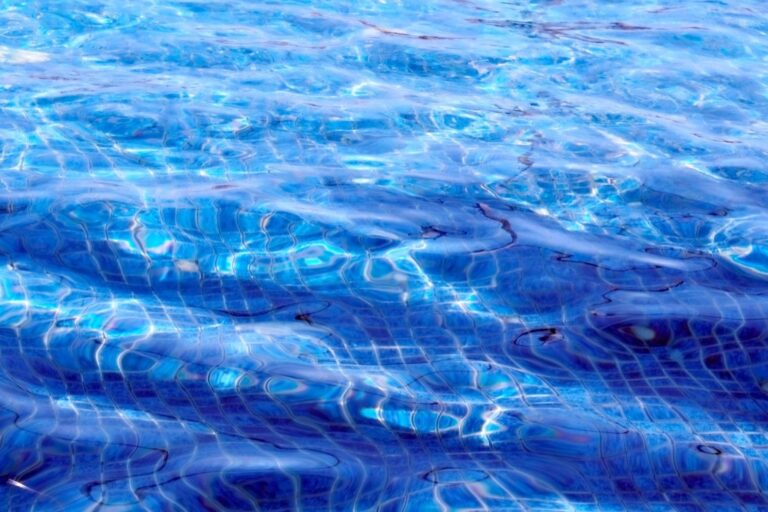7 Considerations for Pool Pump Installation That Save Thousands
Discover the 7 key factors for efficient pool pump installation, from sizing and placement to energy efficiency and electrical requirements, to optimize performance and savings.
When installing a pool pump, making the right choices ensures your swimming pool operates efficiently and requires minimal maintenance. A properly installed pump not only circulates water effectively but also helps maintain proper chemical balance and prevents costly repairs down the road.
You’ll need to carefully consider factors like pump size, energy efficiency, and placement before making your final decision. These seven key considerations will guide you through the pool pump installation process, helping you avoid common mistakes and maximize your investment.
Disclosure: As an Amazon Associate, this site earns from qualifying purchases. Thank you!
Understanding the Basics of Pool Pump Installation
Types of Pool Pumps Available
Pool pumps come in three main varieties: single-speed, dual-speed, and variable-speed models. Single-speed pumps operate at one consistent RPM and are typically the most affordable upfront. Dual-speed offers two operating levels, while variable-speed pumps provide precise control over circulation rates and can reduce energy consumption by up to 80%. Your choice impacts both initial cost and long-term operating expenses.
Save energy and precisely control your pool's circulation with the AQUASTRONG Variable Speed Pool Pump. This powerful 2 HP pump offers customizable speeds and up to 80% energy savings, easily integrating with both in-ground and above-ground pools.
How Pool Pumps Affect Your Swimming Experience
A properly sized and installed pool pump directly influences water clarity, chemical distribution, and swimming comfort. It circulates water through your filtration system, removing debris and distributing sanitizing chemicals evenly. Inadequate pumping leads to cloudy water, algae growth, and cold spots in your pool. The right pump ensures consistent temperature and proper chemical balance for a safe, enjoyable swimming environment.
Determining the Right Pool Pump Size for Your Needs
Selecting the appropriate pool pump size is crucial for maintaining proper water circulation and filtration while maximizing energy efficiency.
Calculating the Right Horsepower
Your pool pump’s horsepower requirements depend directly on your pool’s total water volume and plumbing configuration. Generally, residential pools need between 0.75 HP to 2.0 HP pumps. Oversized pumps waste energy and cause premature wear, while undersized units strain to circulate water properly. Calculate your specific needs based on turnover rate—ideally filtering your entire pool volume every 8-10 hours.
Matching Pump Size to Pool Volume
For optimal performance, match your pump size precisely to your pool volume. Smaller pools (up to 15,000 gallons) typically work well with 0.75-1.0 HP pumps. Medium pools (15,000-25,000 gallons) require 1.0-1.5 HP models. Larger pools exceeding 25,000 gallons need 1.5-2.0 HP pumps. Consider additional features like waterfalls or spa attachments, as these increase your horsepower requirements by 0.25-0.5 HP.
Selecting the Optimal Location for Your Pool Pump
Distance Considerations from the Pool
Your pool pump should be installed within 50 feet of your pool for maximum efficiency. Placing it too far away requires longer plumbing runs, which can reduce water flow and increase energy consumption. However, don’t position it less than 3 feet from the pool to prevent electrical hazards and water damage to the motor. The ideal distance is typically 5-10 feet, balancing efficiency with practical concerns like noise reduction and maintenance access.
Protecting Your Pump from the Elements
Install your pool pump on a concrete pad or solid, level surface to prevent vibration and ensure stability. Choose a location that’s well-ventilated but shielded from direct sunlight and harsh weather conditions. A pump house or partial enclosure can extend equipment life by protecting against rain, debris, and UV damage. Ensure the area has proper drainage to prevent water accumulation around electrical components during storms or backwashing operations.
Evaluating Energy Efficiency and Operating Costs
Energy Star Ratings Explained
Energy Star ratings on pool pumps indicate products that meet strict energy efficiency guidelines established by the EPA. These pumps typically consume 30-65% less energy than standard models. Look for the blue Energy Star label when shopping, as these certified pumps not only reduce electricity consumption but often qualify for utility rebates or tax incentives in many regions.
Long-term Cost Savings of Efficient Pumps
Variable-speed pumps may cost $300-800 more upfront than single-speed models but can save you $300-500 annually on energy bills. This means most efficient pumps pay for themselves within 2 years. Over a pump’s 8-10 year lifespan, you’ll save $2,000-4,000 in operating costs while reducing your carbon footprint and extending equipment life through reduced motor strain.
Planning for Proper Electrical Requirements
Voltage and Circuit Requirements
Your pool pump requires specific electrical specifications to operate safely and efficiently. Most residential pool pumps run on either 120V or 240V circuits, with larger pumps typically requiring 240V for optimal performance. You’ll need a dedicated circuit breaker (15-20 amps for 120V pumps, 20-30 amps for 240V models) to prevent overloads. Check your pump’s manual for exact voltage requirements and ensure your home’s electrical system can support these needs before installation.
Safety Considerations for Pool Pump Wiring
Electrical safety around water is non-negotiable when installing a pool pump. Always use a licensed electrician familiar with pool equipment codes and the National Electrical Code (NEC). Your installation must include GFCI (Ground Fault Circuit Interrupter) protection to prevent electrical shocks. All wiring should be properly insulated, waterproofed, and installed in conduit at the appropriate burial depth. Keep junction boxes elevated and at least 5 feet from the pool’s edge to minimize exposure to splashing water.
Considering Noise Levels and Neighborhood Regulations
Decibel Ratings and What They Mean
Pool pumps typically operate between 60-80 decibels, comparable to normal conversation (60dB) or a vacuum cleaner (70dB). Variable-speed pumps run quieter at lower speeds, averaging 45-50dB. When selecting your pump, check the manufacturer’s decibel rating—lower numbers mean quieter operation that won’t disturb your poolside relaxation or sleeping hours.
Local Codes and Restrictions for Pool Equipment
Most municipalities enforce specific noise ordinances limiting equipment operation to certain hours, typically between 7am-10pm. HOAs may have additional restrictions on pump placement, screening requirements, or maximum noise levels. Check your local building codes before installation, as some areas require pumps to be placed minimum distances from property lines or mandate sound barriers for pumps exceeding certain decibel levels.
Professional vs. DIY Installation: Making the Right Choice
Deciding between professional installation and a DIY approach for your pool pump is a critical decision that affects performance, safety, and warranty coverage. The right choice depends on your technical skills, budget constraints, and comfort level with electrical work.
When to Call the Professionals
Professional installation is essential for complex systems with variable-speed pumps or automated controls. Hire experts when dealing with 240V electrical systems, when you need compliance with local building codes, or if your warranty requires professional installation. Licensed contractors bring specialized knowledge that ensures proper wiring, optimal placement, and seamless integration with existing pool systems.
Save energy and optimize pool performance with the AQUASTRONG Variable Speed Pool Pump. Customize speeds up to 8189 GPH and program up to 4 daily time periods for efficient filtration.
Essential Tools for DIY Installation
For DIY installation, you’ll need PVC pipe cutters, a hacksaw, Teflon tape, and PVC primer and cement. Essential electrical tools include wire strippers, voltage tester, and waterproof wire connectors. You’ll also require basic hand tools like screwdrivers, wrenches, and a level to ensure proper pump alignment. Always have safety equipment such as gloves and safety glasses to protect yourself during installation.
Conclusion: Ensuring a Successful Pool Pump Installation
Your pool pump is truly the heart of your swimming pool system. Taking the time to consider these seven key factors will save you money in operating costs while extending your equipment’s lifespan.
Whether you choose professional installation or tackle it as a DIY project ensuring proper sizing energy efficiency and correct placement are non-negotiable for optimal performance. Remember that meeting electrical requirements and local regulations isn’t just about compliance—it’s about safety and being a good neighbor.
With the right pump properly installed you’ll enjoy clearer water fewer maintenance headaches and more time to actually enjoy your pool. The initial investment in careful planning and quality equipment pays dividends in the years of trouble-free swimming ahead.
Frequently Asked Questions
What factors should I consider when choosing a pool pump?
Consider the pump size, energy efficiency, placement, and type (single-speed, dual-speed, or variable-speed). Also factor in your pool’s total water volume, plumbing configuration, and any additional features like waterfalls. Selecting the right pump based on these considerations ensures efficient operation, minimal maintenance, and optimal energy usage while maintaining proper water clarity and chemical balance.
How do I determine the right size pool pump for my swimming pool?
Calculate based on your pool’s total water volume and plumbing configuration. Residential pools typically require pumps between 0.75 HP to 2.0 HP. Small pools (under 15,000 gallons) generally need 0.75-1.0 HP, medium pools (15,000-25,000 gallons) require 1.0-1.5 HP, and large pools (over 25,000 gallons) need 1.5-2.0 HP. Additional features like waterfalls may increase horsepower requirements.
Where should I install my pool pump for maximum efficiency?
Place your pump within 50 feet of the pool but not closer than 3 feet to prevent electrical hazards. The ideal distance is 5-10 feet to balance efficiency with noise reduction. Install it on a stable surface with proper ventilation, consider a pump house for weather protection, and ensure proper drainage to prevent water accumulation around electrical components.
Are energy-efficient pool pumps worth the higher upfront cost?
Absolutely. Energy Star rated pumps consume 30-65% less energy than standard models. Variable-speed pumps, despite higher initial costs, can save $300-500 annually, paying for themselves within two years and saving $2,000-4,000 over their lifespan. They also reduce your carbon footprint, may qualify for utility rebates, and typically last longer than standard pumps.
What electrical requirements do pool pumps have?
Most residential pool pumps operate on either 120V or 240V circuits, with larger pumps typically requiring 240V. They need a dedicated circuit breaker sized according to the pump’s specifications. Always consult your pump’s manual for specific voltage requirements. GFCI protection is essential for safety, and proper wiring insulation and waterproofing are crucial for installations around water.
How loud are pool pumps, and are there noise regulations?
Pool pumps typically operate between 60-80 decibels, with variable-speed pumps running quieter at lower speeds. Check the manufacturer’s decibel rating before purchasing. Many municipalities enforce noise ordinances, and HOAs may have specific requirements about pump placement and sound barriers. Verify local building codes before installation to ensure compliance.
Should I hire a professional or install a pool pump myself?
Consider hiring professionals for complex systems, ensuring code compliance, or if you lack experience with plumbing and electrical work. Professionals bring expertise that ensures proper installation and prevents future issues. If going DIY, you’ll need tools like PVC pipe cutters, electrical tools, and safety equipment. Always prioritize safety and proper preparation regardless of your approach.
What are the different types of pool pumps available?
There are three main types: single-speed (constant RPM, least expensive but highest energy use), dual-speed (two operating speeds, moderate efficiency), and variable-speed pumps (multiple speed settings, most expensive initially but highest energy efficiency). Variable-speed pumps offer the most precise control and greatest potential for energy savings over their lifespan.
How does a properly installed pool pump affect water quality?
A properly installed pump ensures effective water circulation which maintains chemical balance, prevents algae growth, and keeps water clear. It distributes chemicals evenly throughout the pool, improves filtration efficiency by removing debris and contaminants, and creates a safer swimming environment by preventing stagnant water issues. Proper installation also helps extend the life of your filtration system.
What maintenance does a pool pump require after installation?
Regular maintenance includes checking and cleaning the pump basket weekly, inspecting O-rings and seals seasonally, monitoring pressure gauges, and listening for unusual noises. Winterize your pump in colder climates by draining water and storing or covering it properly. Most pumps require professional servicing annually to ensure all components are functioning efficiently and to prevent unexpected breakdowns.







